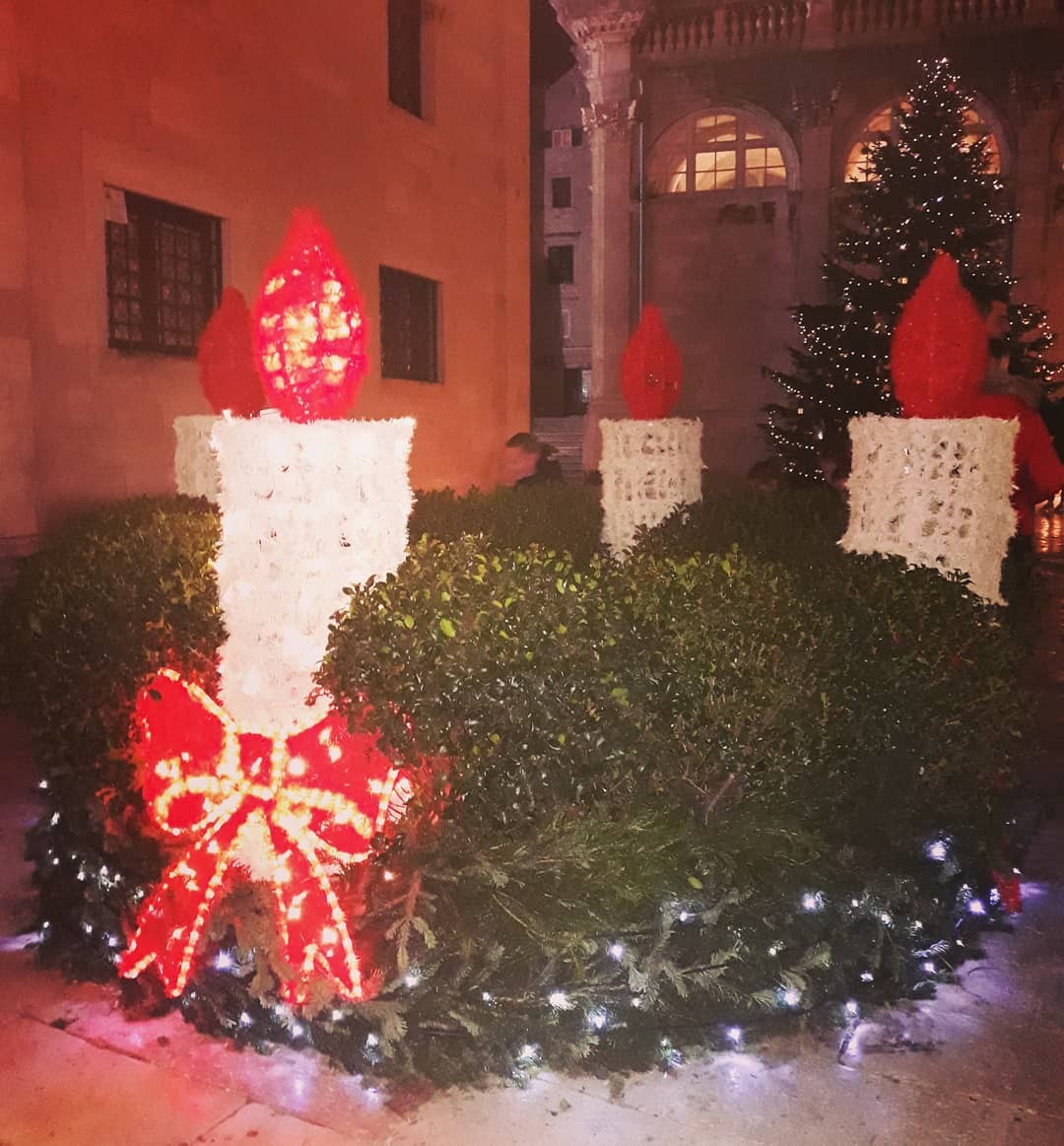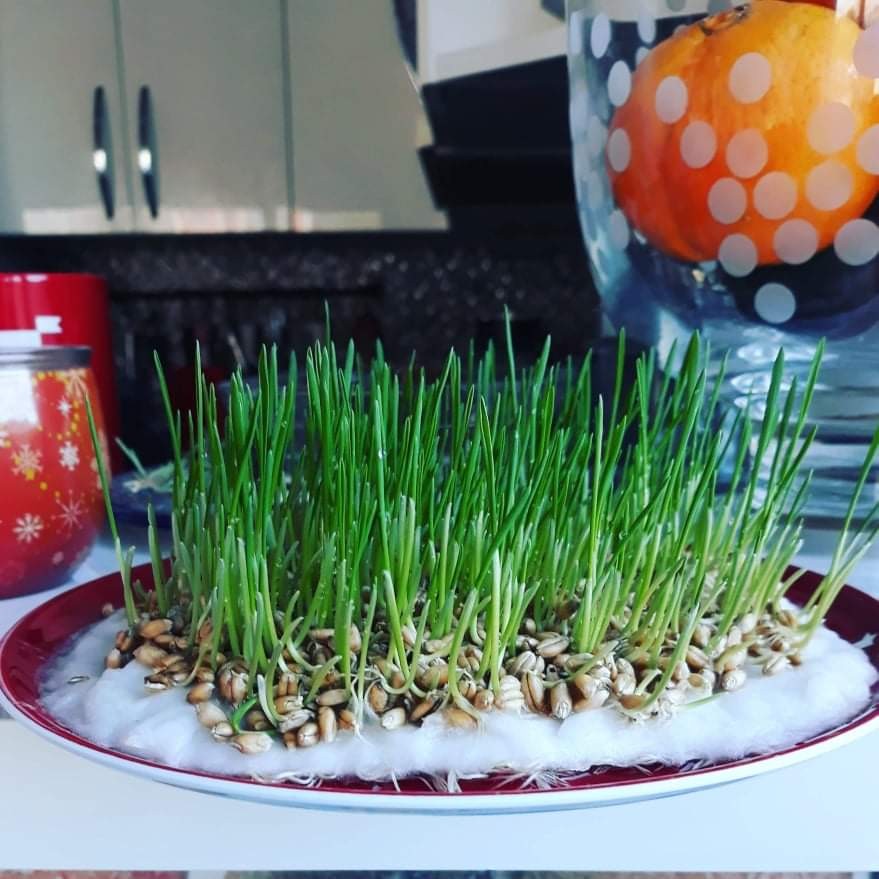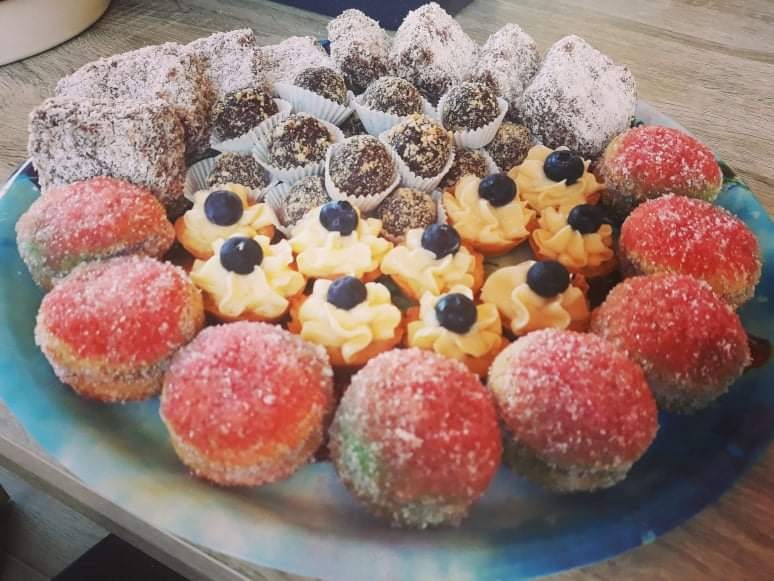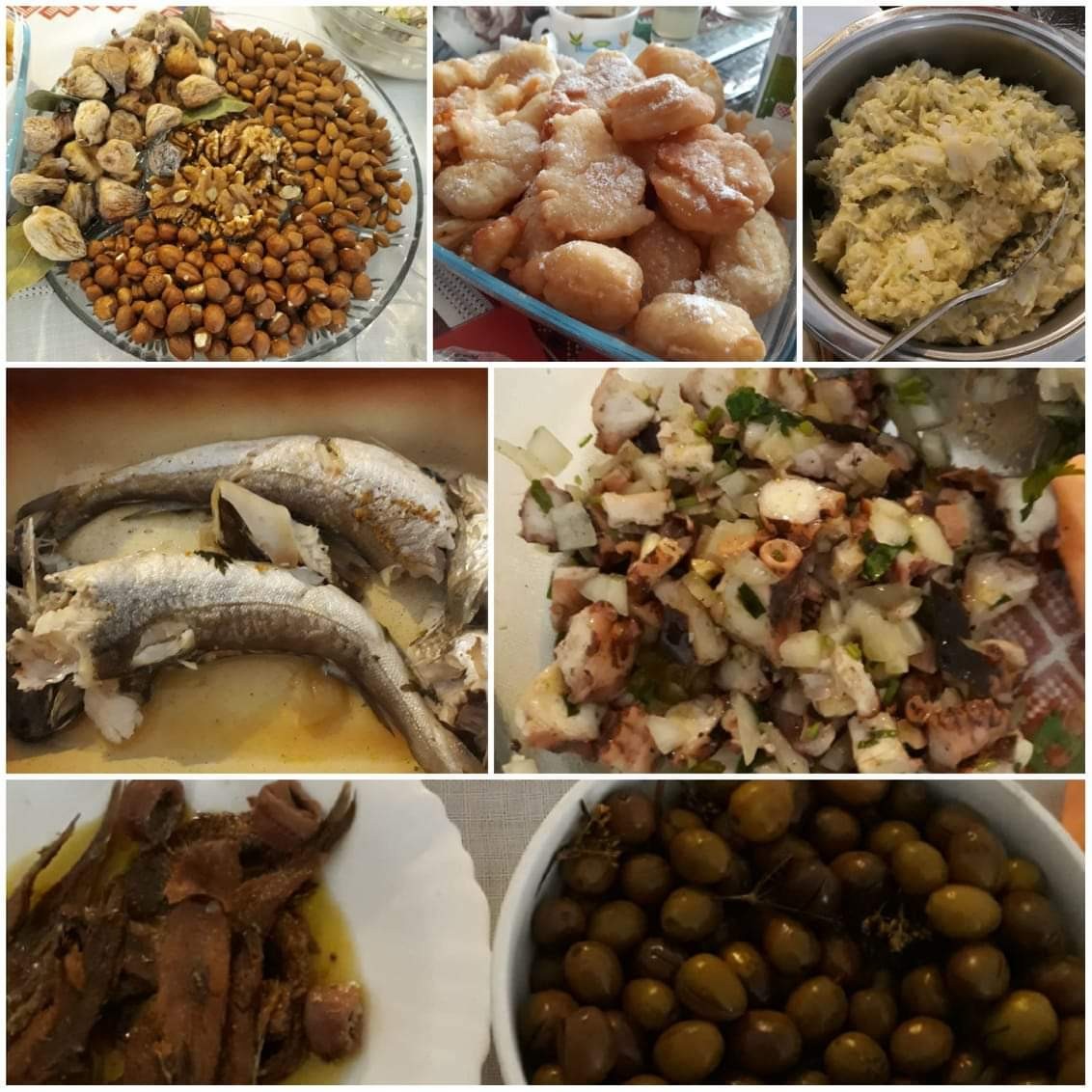And no wonder, it makes everybody’s hearts overflow with expectation, hope, longing, light, joy, and tradition. Decorated twinkling pine trees, presents, formal (and informal) table feasts, carols, holy mass celebrations all make us joyful, and merry and fill us with stronger community and family ties. Croatian Christmas traditions are part of a rich cultural heritage. We will walk you through traditions in Dalmatia, your future destination.

With the first December days, we light the first advent candle at lunch. December 6 is Saint Nicholas Day, the patron saint of seafarers and children. This is children’s favorite holiday because the good ones get sweets in their boots, and those less good get a twig from Krampus.
On December 13, Saint Lucy’s day, the second advent candle is lit, and wheat is planted so it can grow in time for Christmas day. It is a symbol of fertility and new life. Small children also have sweets put in their stockings.

The third candle is lit a week before Christmas and the preparation for the Christmas table is already underway. Although people lived humbler lives in the past, and they did not, for instance, eat meat every day, the best meat parts were saved for Christmas. The sweet treats are made from walnuts, almonds, carob, figs, and apples. December 24 is Christmas Eve, and it is an especially lively day in Dalmatia. While the women bake fritule (fritters/mini doughnuts), prepare codes in a variety of ways, the men sing kolende (traditional Christmas carols). In smaller towns and villages, people go from house to house, sing, and toast to everyone, and wish wellbeing to their neighbors and friends. In larger towns, kolende are sung on the main piazzas where families gather and wait for Christmas together in song.

Although today a lot of people decorate their houses and trees in early December, the old tradition is to decorate on Christmas Eve. In the past, yet not so distant times, the Christmas tree was decorated with walnuts, small sweets, gingerbread cookies, apples, and oranges. In the Dalmatian hinterland, in the evening before the midnight mass, straw is put in the house (because Jesus was born on straw), Christmas carols are sung and a yule-log – three large tree stumps symbolizing the Holy Trinity – is put next to the fireplace to burn all night and warm the family while they wait for midnight and the birth of Jesus. Slightly before midnight, people go to midnight mass to celebrate Christmas. Christmas is celebrated in the family, the last, – fourth – the candle is lit, and everybody enjoys traditional food and sweets.

On December 26, Saint Stephen’s Day, people go visit their close relatives to bring greetings. December 27 is special for winemakers because they take their wine for blessing, and those who lit a yule-log spread the ashes over fruit trees, grapevines, and corn because they believe in their therapeutic ingredients. In this period, from St. John’s Day to Epiphany, priests visit families and put blessings on their houses. New Year is celebrated with friends and all indulge in a lot of food, such as baked turkeys, suckling pigs, sarma (stuffed cabbage rolls), home-made sausages, wine goulashes, cream cakes, and pies. Young people usually celebrate with their friends on piazzas and enjoy live entertainment.
